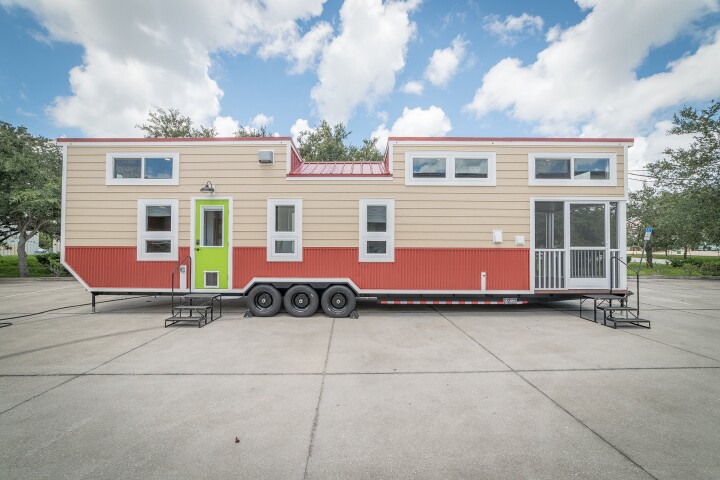Rust may be generally unwelcome, but scientists at North Carolina State University are using it to develop a new radiation shielding that is lighter and cheaper than conventional materials. Aimed at protecting delicate electronics in space and other hostile environments, it promises weight savings of at least 30 percent.
One of the greatest hazards to spacecraft is radiation. Outside the Earth's atmosphere and the protection of its magnetic field, deep space missions are especially vulnerable to ionizing cosmic rays tearing at delicate microcircuitry, resulting in malfunctions and failures.
To protect against this, electronics on space missions are sealed in special shielded boxes made of aluminum or other metals to reduce radiation exposure and extend the life of the circuitry. Unfortunately, every gram of mass on a spacecraft is precious and the constant imperative for engineers is to make every component not only more efficient, but ever lighter.
According to the North Carolina team, one way of making lighter, more effective shielding is to replace the metal shielding box with a special conformal coating – that is, a thin polymer film that conforms to the shape of the electronic component. Normally, these coatings are used to protect microchips and other parts from dust, chemicals, moisture, and temperature changes, but the clever bit about the new coating is that the polymer is mixed with metal oxide particles. That is, rust.
"Radiation transport calculations show that inclusion of the metal oxide powder provides shielding comparable to a conventional shield," says Mike DeVanzo, a former graduate student at NC State. "At low energies, the metal oxide powder reduces both gamma radiation to the electronics by a factor of 300 and the neutron radiation damage by 225 percent."
The new coating is still something of a trade-off. A pure metal powder would be more effective as shielding, but using a polymer means that the coating is safer and doesn't interfere with the electronics. It's also less bulky and costs less than a conventional shielding box.
"Our approach can be used to maintain the same level of radiation shielding and reduce the weight by 30 percent or more, or you could maintain the same weight and improve shielding by 30 percent or more – compared to the most widely used shielding techniques," says Rob Hayes, associate professor of nuclear engineering at NC State. "Either way, our approach reduces the volume of space taken up by shielding."
The team is currently refining the shielding technique as well as seeking commercial partners to develop it for commercial applications.
The research was published in Radiation Physics and Chemistry.
Source: North Carolina State University





